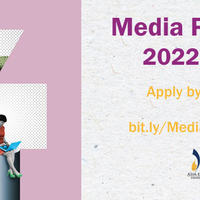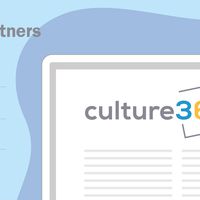culture360.ASEF.org: An Observatory of digital trends in the Asia-Europe context | 2019 Review
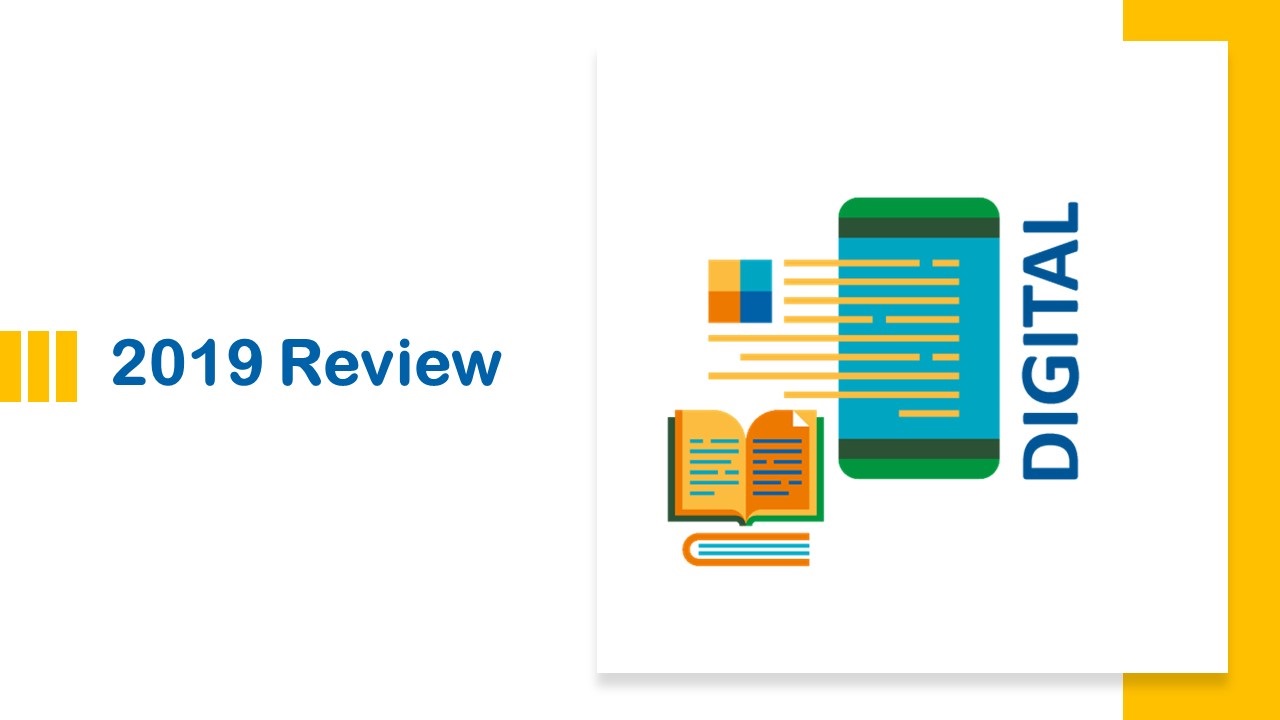
In these times of uncertainty where face-to-face encounters are not always possible, digital projects are proving to be even more valuable and risk-effective. The following article is an overview of the trends observed in 2019 on culture360.ASEF.org, looking at content-related issues as well as geographical areas within the Asia-Europe context. It draws from the experiences and voices of a community of 280,500[1] online users.
Since 2008, ASEF’s arts and culture website – culture360.ASEF.org - has been enabling public access to relevant digital information on arts and culture for individual artists, arts organisations and policymakers across the 51 countries of the Asia-Europe Meeting (ASEM) region. In time, it has been recognised particularly by professionals and experts in the sector, as an enabler of both cross-regional and intra-regional cultural cooperation. Data collected from online survey (Nov 2019)
Trends observed in 2019
Broad-level trends
- Artists and arts professionals are interested in accessing opportunities to collaborate and travel as well as to enhance their creativity and professional development. For instance, such opportunities would include proposals to participate in large scale international arts festivals, open calls for residencies and grants – all of which would enhance collaborations, creativity and professional development.
- New technologies allow for higher digital distribution of information therefore improving the access and opportunities available for artists and arts professionals
- Despite the high number of digital information channels, regularly updated and publicly accessible content on the arts sectors in Asia and Europe is not easily available. This is often due to lack of funding and lack of long-term strategy for sustainability
- Digital platforms can play an important role in highlighting cross-cutting issues such as arts and technology or culture and sustainability.
Existing barriers and risks
- A strong digital divide remains in terms of infrastructure and access to information between countries of Asia and Europe as well as intra-regionally (Asia-Asia/Europe-Europe)
- Technologies enable better access to cultural information. However, more content does not necessarily mean better quality. This can lead to information overload which can result in key information being overlooked.
- Lack of information available in local languages creates language barriers and therefore lack of access to professional growth opportunities (e.g. festivals, trainings) and funding sources for cultural mobility (e.g. grants).
Where is arts content coming from?
culture360.ASEF.org thrives to offer information across the 51 countries of the ASEM region on a variety of topics within the arts, heritage and culture sectors. However, this is not always possible due to some countries being more visible online than others.
In 2019, the most featured 10 countries were France, Japan, Germany, the Netherlands, India, Korea (Republic of), Singapore and China. New content providers such as Finland and Viet Nam have also reached the top featured countries with improved intelligence specifically for opportunities (open calls, jobs, residencies) for these countries.
On the opposite side of the spectrum, finding content for smaller countries in Europe and Asia remains a challenge. Among those listed, Malta, Luxembourg, Portugal, Slovakia, Romania, Cyprus, Brunei Darussalam and Ireland registered fewer content items in 2019 compared to previous years.

Which arts disciplines does culture360.ASEF.org publish the most? 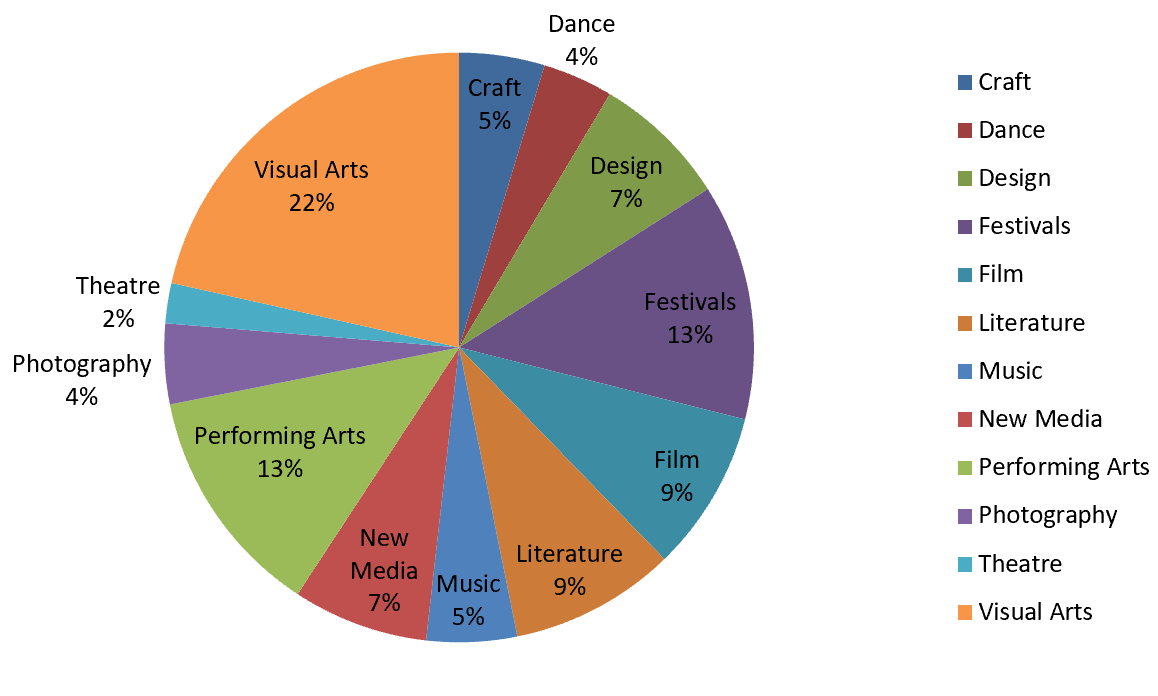
Cross-sectorial themes
For news, events and opportunities, the information available on the themes Creative Industries and Arts & Science increased compared to the previous year.
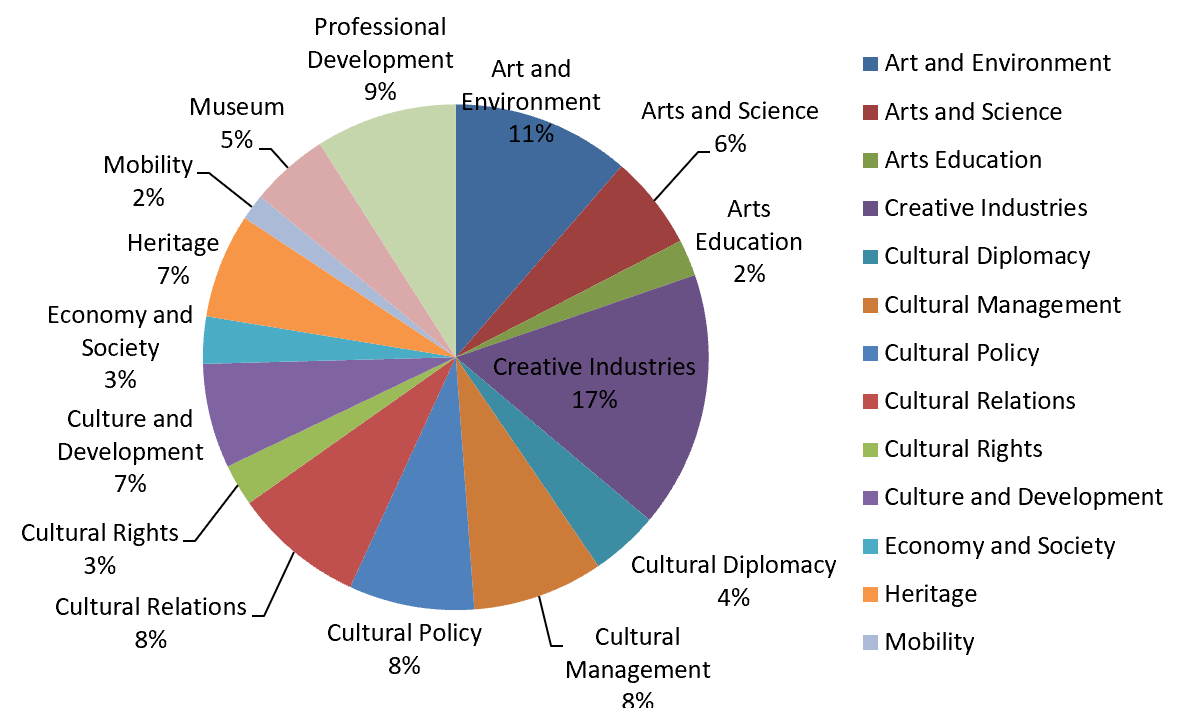
Peripheries and arts & technology trends
In 2019, we noticed a trend in bringing the voices of those from the peripheries (in geographical terms and arts initiatives situated at the margins of the arts sector) into the centre. In addition, as highlighted above, the cross sectoral theme of Arts & Science was on the rise as well. Tapping on these trends, we have launched 2 open calls on the topics of peripheries and arts and technologies for the commissioned content in the Magazine.
The ongoing decentralisation trend was the focus of the articles on the peripheries. From the case study of the city of Perm in the Russian Federation to rural East Anglia in the United Kingdom, over 16 case studies have highlighted arts endeavours by artists, cultural professionals and art organisations who operate or occupy the peripheries in an urban society.
The series on arts & technology addressed issues at the nexus between arts, science and technology. These intersections highlighted for instance how technology can create a space for dialogue between art and science, or how through technology, art is playing a role at the frontline of conservation.
Finally, the series initiated in 2015 on art and sustainability Creative Responses to Sustainability has continued in 2019, with 2 new country-specific guides for Portugal and Spain. More than 50 arts organisations have been listed in these 2 countries, addressing in their artistic practice topics such as biodiversity preservation, waste, sustainable tourism and rural areas.
How can we improve?
Based on culture360.ASEF.org’s activities and users’ data, here are some key take-aways on how to further enhance free digital access to information on arts, heritage and the creative industries:
- culture360.ASEF.org is looking to explore new online formats such as podcasts and video interviews to increase accessibility of such content to our users and other cultural professionals
- Governments should invest and support digital platforms that allow for multilateral participation and equal access to information. The key to digital communication is interaction. There is a need for a collaborative approach that allows for higher participation of civil society in the digital environment.
- Digital technology should not only be a tool to better access information but also a way to better express identity, values and meaning in society.
The data presented in this article was collected through 2 online surveys circulated among users and media partners and 2 internal evaluation reports.
Special thanks to Judith Staines and Kerrine Goh for their contributions to this review.
Similar content
deadline
31 Jul 2020
deadline
31 Jul 2019
deadline
15 May 2019
deadline
15 Mar 2022
deadline
28 Feb 2023
deadline
31 Oct 2018





